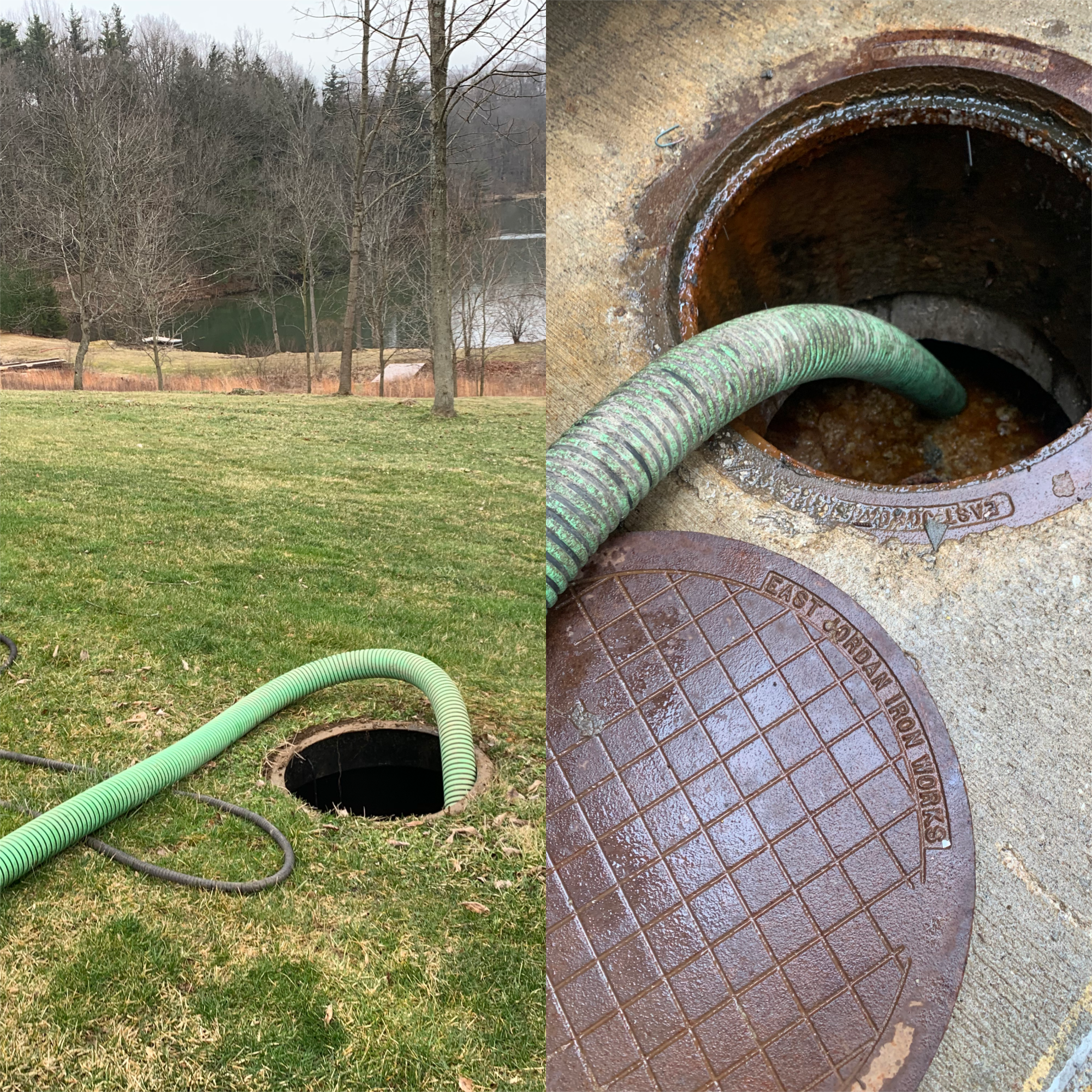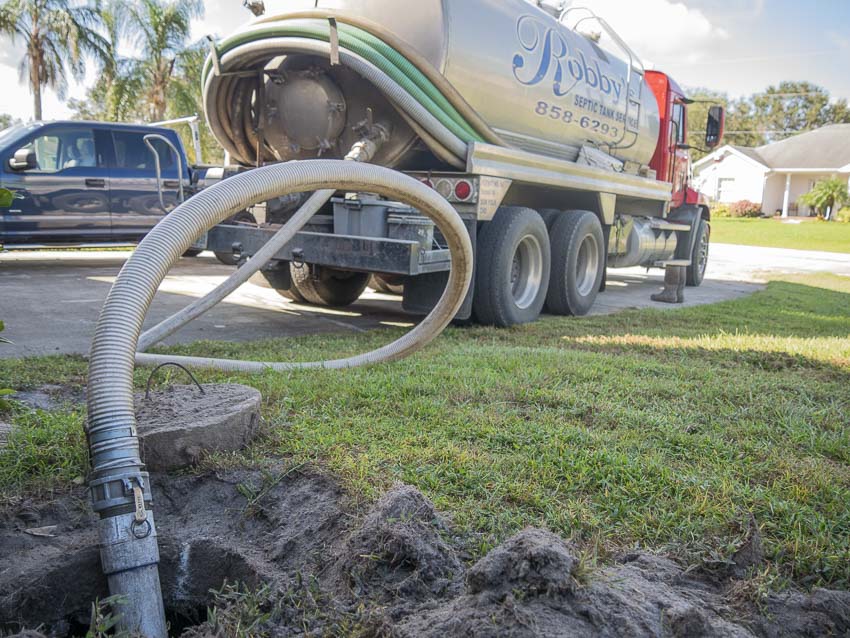The 7-Minute Rule for Stillwell Septic And Grading
Table of ContentsStillwell Septic And Grading Things To Know Before You Buy4 Simple Techniques For Stillwell Septic And GradingSome Known Facts About Stillwell Septic And Grading.The Stillwell Septic And Grading PDFsThe Only Guide for Stillwell Septic And GradingThe Definitive Guide to Stillwell Septic And GradingGet This Report on Stillwell Septic And Grading
Overall, septic container installation is an intricate process that needs mindful planning and execution. Homeowners ought to work with a reliable installment group and be aware of neighborhood guidelines and requirements to make sure that their septic system operates properly for many years ahead. After the sewage-disposal tank has been mounted and attached to the drain field, it is time to backfill the area.The backfill material should be devoid of clods, big rocks, icy matter, and particles that can result in voids in the backfill that might allow working out with time. Squashed rock or pea gravel 1/2-inch in size is chosen if native products are not appropriate. As soon as the backfilling is complete, it is time to landscape the location.
Once the septic tank has actually been installed, it is critical to test it to ensure that it is working appropriately (Septic Inspection). https://www.metal-archives.com/users/stillwellsag. Checking the system includes checking for leaks, making sure that the tank is at the proper level, and examining the drain area. Among the most typical examinations carried out is the hydraulic tons examination
Our Stillwell Septic And Grading Ideas
The water is then kept track of to ensure that it streams appropriately through the pipelines and right into the drain field. If the water does not move properly or supports into the container, it may indicate an issue with the system. One more examination that is typically carried out is the dye examination.
The dye is after that checked to ensure that it flows appropriately via the pipelines and into the drain field. If the color does not move properly or appears in the incorrect location, it may show an issue with the system. It is important to have an expert carry out these examinations to guarantee that they are done properly.

How Stillwell Septic And Grading can Save You Time, Stress, and Money.
Below are some vital tips for homeowners to maintain their septic tank: The ordinary house septic tank must be examined a minimum of every three years by a septic service professional. The regularity of pumping relies on the size of the tank and the number of people using it. https://www.pubpub.org/user/george-braden. A general guideline is to pump the container every three to 5 years
Utilizing water-efficient fixtures and devices, such as low-flow showerheads and toilets, can minimize water usage and aid the septic system work much more effectively. Only flush toilet tissue and human waste down the toilet. Prevent flushing anything else, including womanly hygiene products, infant wipes, and food preparation oil, as they can block the system.
Stillwell Septic And Grading Can Be Fun For Anyone
Sewage-disposal tank installation is an intricate process that calls for cautious preparation and implementation. Homeowners need to recognize the essential actions involved in the installation process to make sure that their septic system functions properly and efficiently. The initial step is to evaluate the website where the septic system will be installed.
Once the website has been reviewed, the following action is to prepare for the installation. House owners need to guarantee that their specialist is experienced in septic container installation and will certainly work alongside them throughout the process.
See This Report on Stillwell Septic And Grading

Property owners should know the required steps associated with the setup procedure to ensure that their septic system operates effectively and effectively. By adhering to these steps and maintaining their system, property owners can relax ensured look at here that their septic system will certainly give trusted wastewater treatment for years to come.
Nearly one in 5 united state homes have septic systems. Yours may be just one of them. If you're not correctly preserving your septic system, you're not just harming the atmosphere, you're placing your family's wellness at riskand might be purging thousands of dollars away! Do Your Component, Be SepticSmart: The Do's and Do n'ts of Your Septic tank.
Examine This Report on Stillwell Septic And Grading

All that additional water can truly strain your septic system. Startle using water-generating home appliances. This can be useful specifically if your system has actually not been pumped in a long period of time. End up being a lot more water reliable by repairing pipes leakages and think about setting up bathroom and cooking area tap aerators and water-efficient items.
Top Guidelines Of Stillwell Septic And Grading
Know your system's area. When you have the tank pumped, attract a layout or map showing its area in regard to taken care of factors - corners of your home, actions, or fence posts. Ask the pumper to assist you locate the drainfield. Note its place on your representation, together with the location of your drinking water well.
Minimize the quantity of wastewater that must be dealt with and disposed of by your system: Laundry no more than one or 2 lots of garments daily. Up to 53 gallons of water flood your septic system with each lots, so it's best to spread out laundry out over the week.